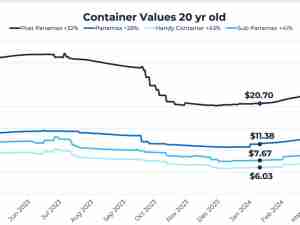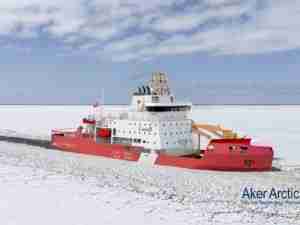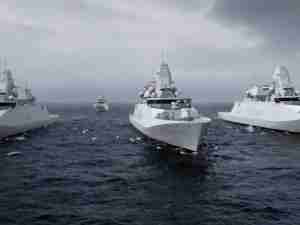Key Insights:
1. Transpacific ocean rates dipped slightly last week, at a time prices would typically increase ahead of Lunar New Year.
2. Carriers have canceled about half of transpacific capacity for the next two weeks and may blank even more in the weeks to follow in an attempt to stabilize or even push rates back up somewhat despite easing demand – as they were able to do at the start of the pandemic when demand slumped.
a. In March of 2020 carriers were able to remove enough capacity to keep ocean rates just 5% lower than in March of 2019 despite China-US import volumes that plummeted by more than 40%.
3. Reports of overbooked Asia - Europe vessels and rates that remain nearly double 2020 levels may indicate that capacity management by carriers is succeeding to match supply with falling demand on this lane.
4. This week, MSC and Maersk announced they will let their alliance agreement expire at the end of 2024, driving speculation that MSC might seek to operate on its own and raising questions as to what this will mean for Maersk and the other alliances.
Ocean Rates:
• Asia-US West Coast prices (FBX01 Weekly) dipped 3% to $1,323/FEU. This rate is 91% lower than the same time last year.
• Asia-US East Coast prices (FBX03 Weekly) decreased 7% to $2,626/FEU, and are 84% lower than rates for this week last year.
• Asia-N. Europe prices (FBX11 Weekly) increased %15 to $3,420/FEU, and are 77% lower than rates for this week last year.
Analysis
Container rates on the transpacific edged down slightly last week just ahead of Lunar New Year (LNY) at a time of year demand and rates typically increase. Prices to the West Coast have been relatively stable, decreasing 7% since the start of December, while East Coast rates have fallen 27% despite increases in blanked sailings.
But carriers are now set to cancel even more sailings and remove about 50% of scheduled transpacific capacity over the LNY holiday, with reports that they may blank even more in the weeks to follow.
Early in 2020, as China’s lockdown sent transpacific import volumes plummeting, carriers’ extensive blanked sailing campaigns kept rates from collapsing. In March of 2020, for example, import volumes from China dropped by about 40% from a year earlier, but capacity management kept rates to the US West Coast just 5% lower than in 2019. Carriers are hoping that the same strategy will stabilize or even push transpacific prices back up somewhat even as demand continues to ease.
Meanwhile, reports of overbooked Europe-bound vessels from Asia ahead of the holiday may indicate that blanked sailing campaigns are succeeding to match supply with falling demand on this lane. This trend may likewise be reflected in Asia - N. Europe rates, which increased this week and remain nearly double their level in January 2020.
Observers generally point to the formation of stable ocean alliances as a big reason for carrier success in managing capacity and preventing a rate collapse in early 2020. But this week, MSC and Maersk, the industry’s two largest carriers, announced they will not renew their 2M alliance agreement when it expires at the end of next year, driving speculation that MSC might seek to operate on its own and raising questions as to what this will mean for Maersk and how it could shake up the other alliances.








